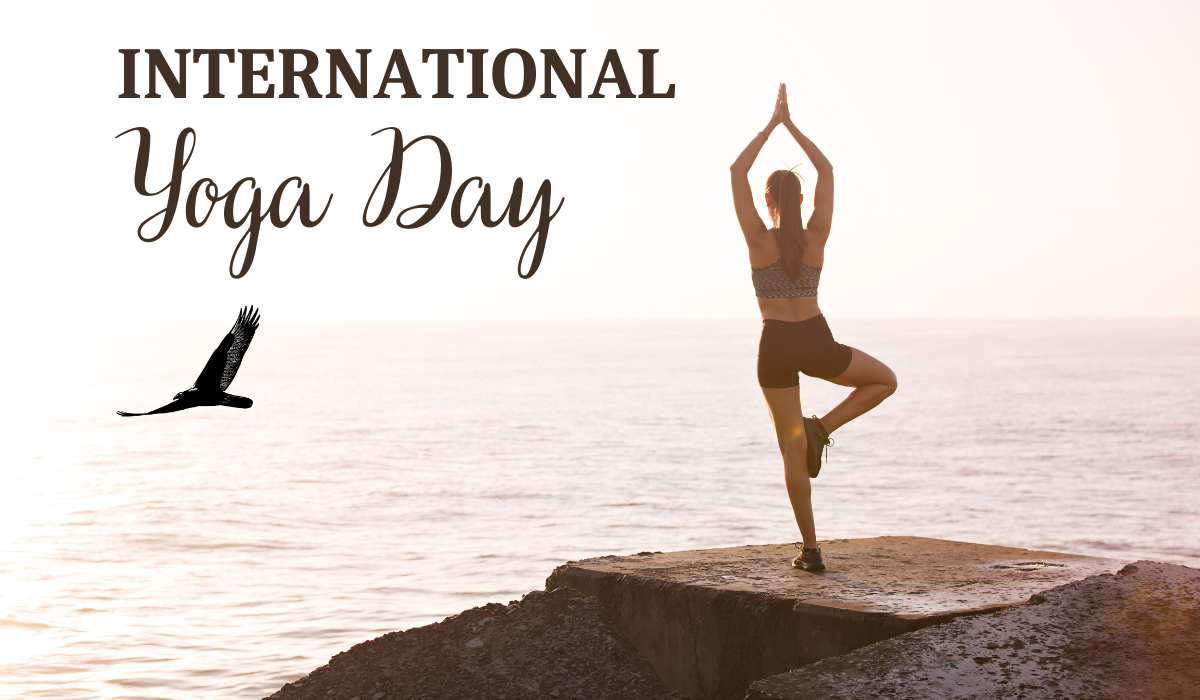Yoga has come to mean postures, breathing, and meditation, it has been able to outgrow its roots in ancient India right out into the world at large and become something fundamentally global in the process. From being a spiritual discipline, it came down the road to Innovation: a holistic approach toward wellness and self-care. The journey reflects what impact this will have on people and society worldwide.
Origins of Yoga
Practices of yoga originated in ancient Indus-Sarasvati civilization in Northern India over 5,000 years ago. Initially, yoga was developed as a spiritual practice aimed at uniting the mind, body, and spirit in achieving enlightenment and liberation of moksha. The earliest evidence of its existence is derived from the ancient texts, the Vedas, particularly Rigveda, which tell about rituals resembling early yogic practices.
Systematic codification of the practices of yoga occurred about 2,000 years ago in the Yoga Sutras of Patanjali. Patanjali defined yoga as the stoppage or cessation of mental fluctuations; outlined the Eight Limbs of Yoga-that is, ethical principles (yamas and niyamas), physical postures (asanas), breath control methods (pranayama), and meditation (dhyana).
Evolution into a Global Practice
Although yoga remained more or less confined to India until the late 19th and early 20th centuries, pioneers like Swami Vivekananda and Yogendra worked zealously to spread it to the West. In fact, it was Vivekananda’s lectures on yoga at the World Parliament of Religions in Chicago in 1893 that really diffused India’s knowledge about Yoga philosophy and meditation onto international soil, arousing curiosity and interest in Eastern spiritual practices among the global population.
Others, like B.K.S. Iyengar, T.K.V. Desikachar, and Pattabhi Jois, came to the foreground in the middle of the 20th century with other forms of yoga, such as Iyengar Yoga, Viniyoga, and Ashtanga Yoga. These teachers focused on the therapeutic application of yoga postures and pranayama. Now, at different ages and with different abilities and health conditions, one could practice yoga.
In the 21st century, yoga has evolved way beyond the spiritual traditions of this multifaceted practice embraced by millions around the world. Changing to accommodate modern life, it flows in various forms today—Power Yoga, Bikram Yoga, and Kundalini Yoga—to fit different tastes and objectives of people. Integrating with technology through online classes and mobile apps further opened up democratic access to instruction and community.
Global Impact and Benefits
Today, yoga is being praised not only for its physical values of flexibility, strength, and posture but also for the deepest impacts it can have on one’s mind. Regular yoga practice helps to reduce stress, anxiety, and depression, while increasing cognitive function and emotional resilience in various studies.
More than this, it created a worldwide community bound together by common passion for health and peace. In these festivals, retreats, and workshops, people meet from all over the world to learn and grow in quests for self but sharing cultures.
Conclusion
Yoga’s journey from an ancient spiritual practice into a global wellness phenomenon underscores its timeless appeal and adaptability. Through yoga, people are able to find inner balance, thoughtfulness, and, therefore, awareness of self and the world around them. While yoga is still evolving and spreading, it continues to be a light of transformational power to hold hope and healing to the peoples of the world. It comprises eternal wisdom brought by ancient sages while keeping at par with modern civilization.
On a very fundamental level, yoga continues to be one of the most potent tools to accelerate our personal and collective transformation process within an increasingly interdependent world, offering us a pathway toward physical health, mental clarity, and spiritual fulfillment.






